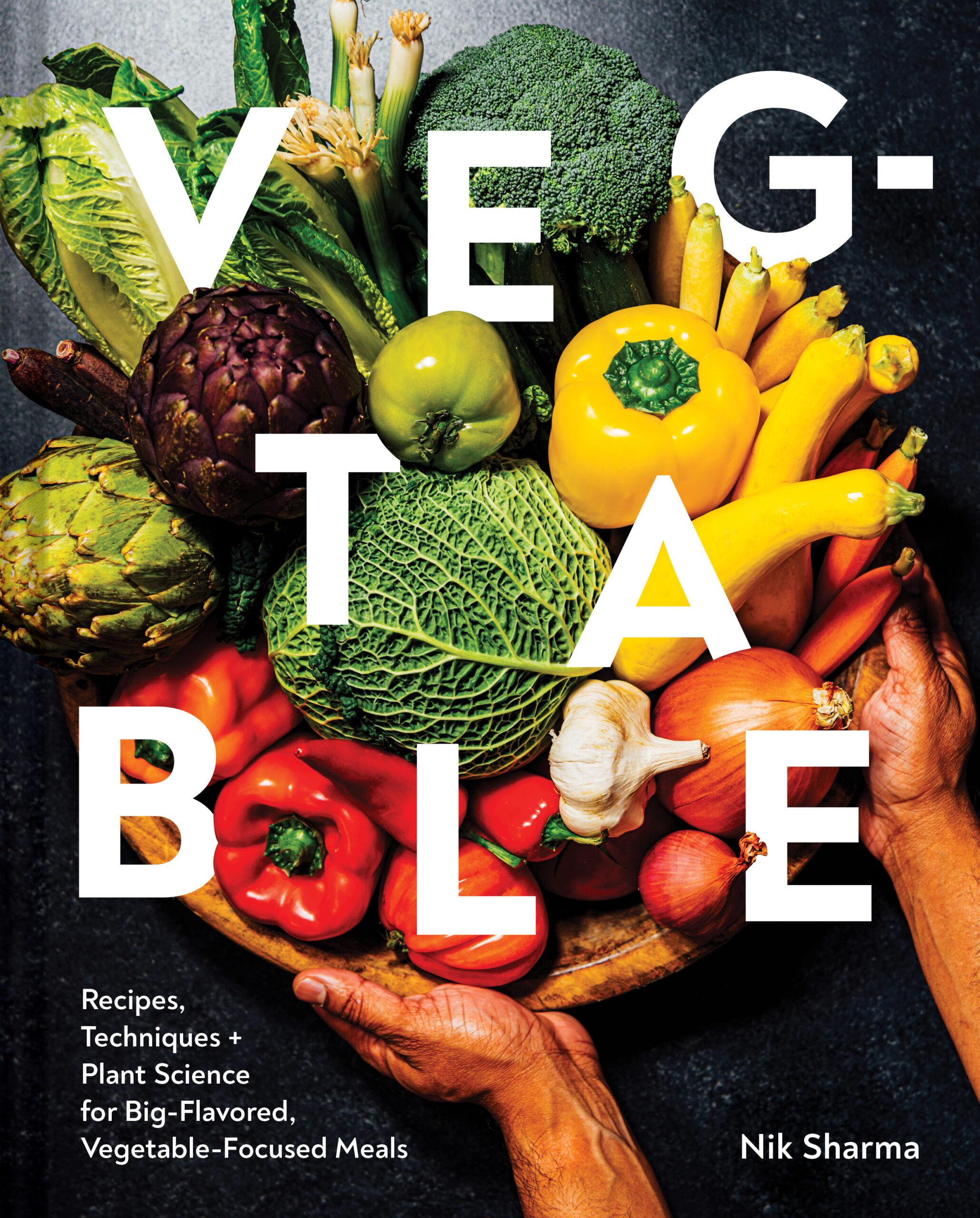
The Science of Boiling Water: Understanding Heat, Pressure, and Flavor in the Kitchen
Boiling water is one of the first things every cook learns, yet it is also one of the most misunderstood. Every bubble that rises in a pot represents a transformation of energy into motion, liquid into vapor, and science into flavor.
Whether you are cooking pasta, steeping tea, or preparing vegetables, understanding what actually happens when water boils helps you cook with precision and confidence.
What Does “Boiling” Really Mean?
At sea level, pure water boils at 212°F [100°C]. This is the point where the vapor pressure of water equals the atmospheric pressure surrounding it. When that balance occurs, liquid molecules gain enough energy to break free from the surface and turn into vapor.
At higher elevations, atmospheric pressure drops, which means water boils at a lower temperature. In Denver, at about 5,000 feet, water boils at approximately 203°F [95°C]. Because the temperature is lower, pasta and beans take longer to cook.
In a pressure cooker, the opposite happens. The sealed environment increases pressure, raising the boiling point above 212°F [100°C]. This allows food to reach higher internal temperatures and cook faster. That is why lentils and tough cuts of meat soften so quickly under pressure.
The Energy Story Behind the Boil
When you heat water, the temperature rises steadily until it reaches the boiling point. Then it seems to stop increasing even though heat continues to be applied. The energy being supplied is now used to break the hydrogen bonds that hold water molecules together.
This process, known as the latent heat of vaporization, requires large amounts of energy without raising the temperature. Understanding this explains why boiling a large pot of water takes longer. More mass means more bonds to break before vapor can form.
The Stages of Heating Water
Each stage of heating water has a culinary purpose.
- Below 160°F [71°C]: Degassing
Tiny bubbles cling to the bottom and sides of the pot as dissolved gases escape. This matters in coffee and tea making because excessive degassing can make water taste flat. - 160°F [71°C] to 180°F [82°C]: Poaching Range
Gentle convection currents appear. This range is ideal for poaching eggs or fish when you want the structure to set softly without becoming tough. - 185°F [85°C] to 205°F [96°C]: Simmering Range
Steam pockets expand and burst slowly at the surface. This is the perfect range for soups, sauces, and stews that need circulation without turbulence. It allows flavors to meld and prevents fats from emulsifying into cloudy broths. - 212°F [100°C]: Rolling Boil
Vigorous bubbles churn continuously across the surface. This stage ensures even cooking of pasta, blanching of vegetables, and sterilizing of jars. A rolling boil keeps water in constant motion for consistent temperature and texture. Note, most cookbooks round off the boiling point to 220°F [100°C].
Recognizing these stages visually gives a cook more control over texture and timing than relying only on the clock.
Why Salt and Solutes Matter
Adding salt to water affects more than just flavor. Dissolved ions such as sodium and chloride slightly raise the boiling point of water. In typical cooking quantities, the difference is small, but it can change how heat transfers into food.
The real advantage of salting water is even seasoning. When pasta or potatoes cook in salted water, the salt diffuses inward as starches swell. This seasons food from the inside out rather than only at the surface.
The Role of Minerals
Water hardness also influences cooking. Hard water contains calcium and magnesium that can toughen beans and dull the color of green vegetables. These minerals react with plant pectins and make textures firmer. Filtered or softened water keeps colors bright and results tender.
If you notice mineral scale in your kettle, try using filtered water for blanching vegetables or brewing tea.
Heat Transfer: How the Pot Shapes the Boil
The type of pot determines how efficiently heat moves into the water.
- Aluminum conducts heat quickly but also loses it rapidly when removed from the heat source.
- Stainless steel distributes heat evenly, especially when layered with aluminum or copper.
- Enameled cast iron retains heat steadily and provides a consistent boil once heated.
A lid is one of the most effective tools for conserving energy. Covering a pot traps steam and heat, increases pressure slightly, and can shorten the time to boil by up to 30 percent.
The shape of the pot also matters. Wide, shallow pans encourage faster evaporation for reductions, while tall, narrow pots hold heat better for soups and stocks.
When the Boil Meets the Ingredient
When food enters boiling water, everything changes.
- Pasta or grains: Adding food lowers the temperature. Use plenty of water so the pot recovers its boil quickly for even cooking.
- Vegetables: Boiling in salted water brightens color and stops enzyme activity. Follow with an ice bath to preserve crispness and hue.
- Eggs: A gentle simmer prevents cracking and keeps yolks creamy.
- Stocks and broths: Maintain a simmer rather than a boil to avoid emulsifying fat into the liquid, which makes broth cloudy.
Each level of heat serves a purpose. Boiling is not one action but a continuum of energy levels that give different results.
The Chemistry of Taste and Texture
Boiling transforms food at the molecular level.
- Proteins unfold and coagulate, providing structure to eggs, meat, and fish.
- Starches absorb water and swell, producing tender grains and pasta. The tangzhong method to make softer bread relies on this phenomenon.
- Pectins in plant cell walls dissolve, softening vegetables.
Too much heat or violent boiling can push these reactions too far, toughening proteins, bursting starches, and destroying structure. Controlled heat keeps texture and flavor balanced.
Boiling and Purity
Boiling water for at least one minute kills most bacteria, viruses, and parasites, which is why it remains one of the oldest purification methods. However, prolonged boiling also removes dissolved gases such as oxygen and carbon dioxide, which can make the water taste dull.
For tea or coffee, re-aerating water by pouring it from a height or stirring restores brightness and clarity of flavor.
Energy, Efficiency, and the Modern Kitchen
Boiling water uses a surprising amount of kitchen energy. Efficiency improves with small habits: always use a lid, match burner size to pan size, and start with hot tap water when safe.
Induction cooktops are especially efficient because they deliver energy directly to the pot through magnetic fields rather than heating the surrounding air. Even kettle design matters; narrow openings and spouts reduce heat loss and evaporation, bringing water to a boil faster.
Boiling in Culinary Traditions
Every cuisine treats boiling differently.
- In Indian cooking, making morning chai and pressure boiling is part of everyday life, with the sound of the cooker’s whistle signaling that lentils or rice are ready.
- In Japanese cuisine, boiling is often gentle and precise, as in simmering dashi or preparing shabu-shabu.
- French chefs rely on careful simmering to make clear consommés and silky sauces.
- Italian cooking embraces the rolling boil, where pasta moves freely in bubbling water.
Despite these cultural differences, the same science applies: heat meets water, and transformation begins.
After the Boil: Cooling, Concentration, and Evaporation
Once water reaches a boil, evaporation begins. Each gram of water that turns into vapor removes about 540 calories of heat energy. As water evaporates, what remains behind becomes more concentrated in flavor and solids.
For thicker sauces or reductions, use a wide pan to increase surface area. To retain moisture, keep the pot covered to trap steam. Managing evaporation is one of the simplest and most effective ways to control the intensity and body of a dish.
Final Thoughts
Boiling water may seem ordinary, but it contains the foundation of cooking science. It teaches how energy changes matter, how heat behaves, and how texture and flavor form. Every bubble is a signal of transformation and balance.
When you understand the science of boiling water, you move from following recipes to making intentional, informed decisions in the kitchen. Something as simple as boiling water becomes the first lesson in mastering flavor and control.
Related Recipes
Related Reading:
Learn more in my book: The Flavor Equation: The Science of Great Cooking Explained

